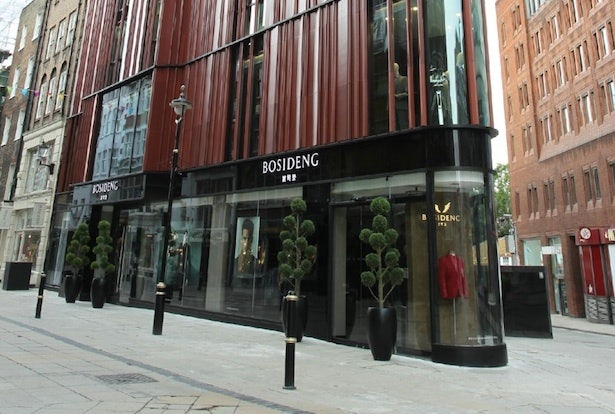Go Guerilla Or Look For International Recognition?#

With a growing number of young Chinese designers debuting collections both at home and abroad -- next month,
Qingqing Wu#
will show at Mercedes-Benz Fashion Week in New York while
Vega Zaishi Wang#
shows in Milan -- and some domestic brands investing heavily in international expansion, the dilemma for "created in China" fashion hopefuls has never been more stark. Is it better to target China's billion-plus population, ballooning middle class and fashion spendthrifts or seek acceptance overseas? Does the expectation of greater legitimacy and branding brownie points legitimize the huge risk and expense of international forays for independent designers and ambitious premium labels, or is it more lucrative and sustainable to target a broader base of potential buyers in second- and third-tier cities?
This week, Beijing-based fashion influencer and publisher Hong Huang (previously on Jing Daily) tackles these questions in her WWD ChinaFile column, casting the dilemma for fashion brands and designers as "Mao's way" versus the "Paris runway":
Most Chinese brands figure what worked for Mao will also work for them. Brands like Ochirly quickly became the corner store on China’s Main Street. With Western-sounding names, they are often mistaken as international brands. All this is part of the branding strategy. These brands grow quickly in China, often achieving the $100 million sales target in less than five years. Due to a lack of financing, quite a few local brands have expanded by licensing agreements with local partners. In the past year, these brands have indeed grown so quickly that they are now ready to tackle the large urban centers with flagships.
As Hong admits, this strategy -- while good for faster growth -- is limited by the fact that brand licensees regularly drop masterbrand guidelines in terms of design and policies. If sales figures don't hit preset goals, it's not uncommon for these licensees to simply drop the brand. These problems, among others, were an instrumental part of the decisions by major luxury brands like Burberry, Sergio Rossi and Dunhill to buy out their China franchising partners in recent years. A lack of brand uniformity, quite simply, hurt their brands and precluded a stronger and more solid expansion push -- one that has seen the number of Burberry stores in mainland China swell to more than 50.

Looking at the other strategy for Chinese brands -- international cred-seeking, which we've recently seen from Bosideng -- Hong seems to think this will actually have more of an effect on fashion buyers abroad rather than in China itself:
Although growth has slowed in China, perseverance has won some brands loyal followings among young fashionistas. And the word of mouth is getting around to a wider consumer circle. In addition, there are now more buyers in China. Aside from small boutiques, Lane Crawford has started to buy from Chinese designers, and there is word on the street that the soon-to-be-launched Neiman Marcus online store will also be buying some Chinese designs. This is when doing the Paris and Milan runways really pays off; international buyers are much more comfortable with designers they’ve seen on the European collections scene.
While Hong's conclusion ("I wonder, why not both?") is a bit of a cop-out, the article does a decent job of addressing some of the questions we've brought up before, particularly those facing independent designers. Who, for example, will really respond to Bosideng's international expansion? Do they really think they'll appeal to a broad swath of British shoppers? Or are these stores simply very expensive advertisements for visiting Chinese tourists, who'll then (presumably) hold the brand in higher esteem when they return home? Will appearances at Fashion Week in New York, Paris or Milan really translate to a greater fan-base and sales in China for young designers, or will it be more worthwhile to use these appearances as a springboard to sell to fashion lovers in Europe or North America?
